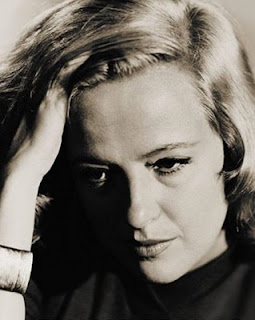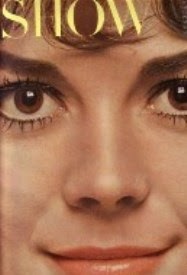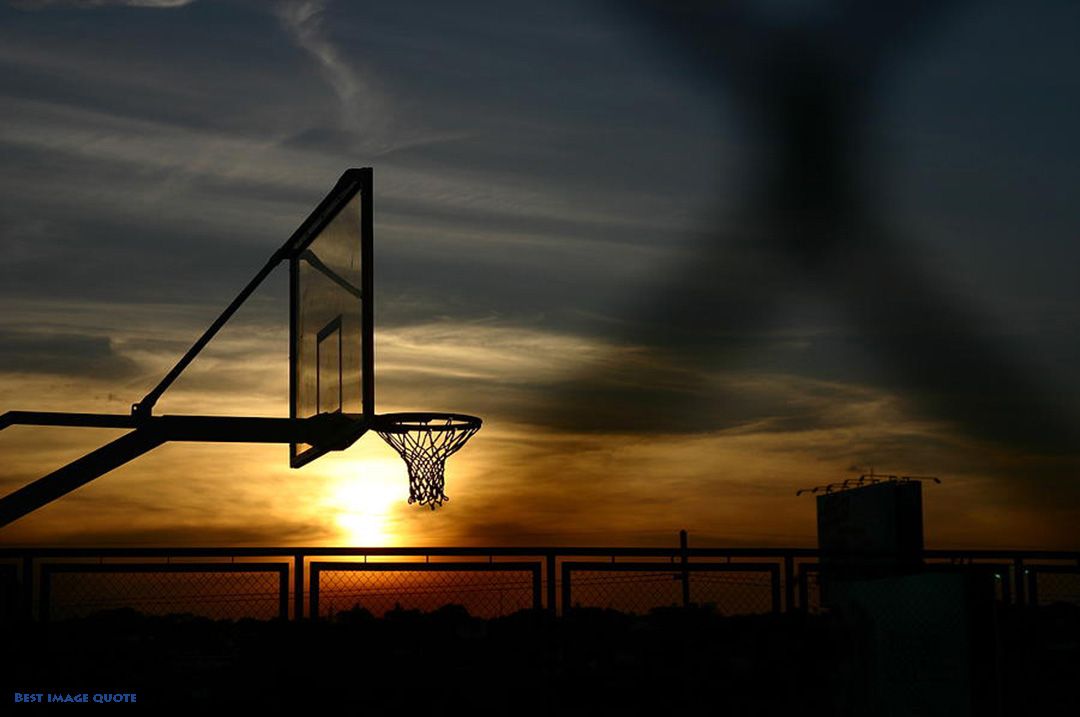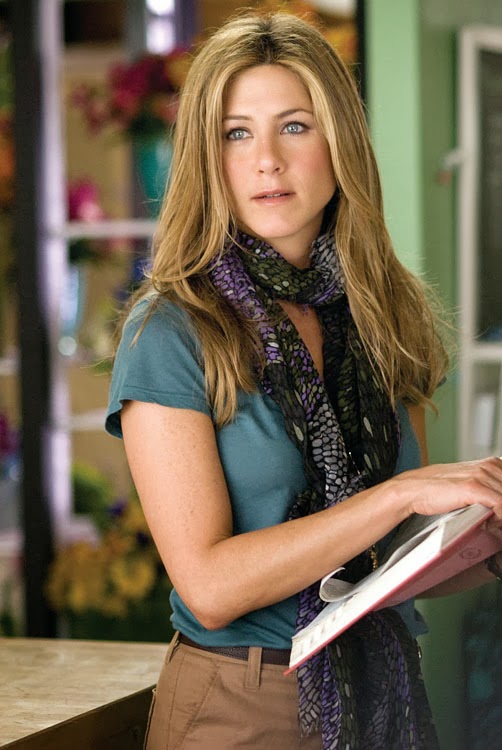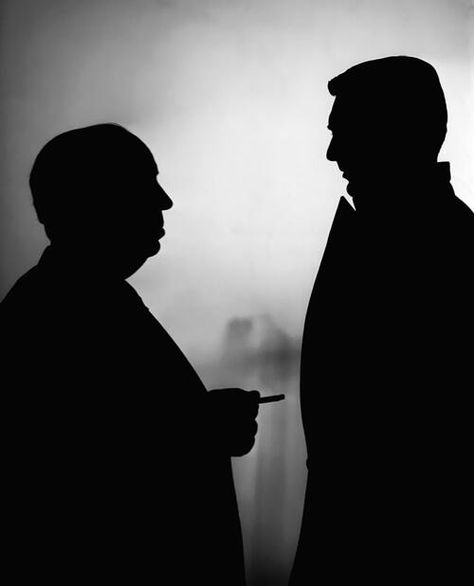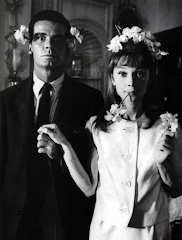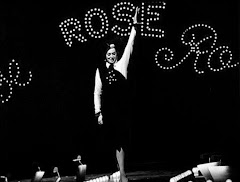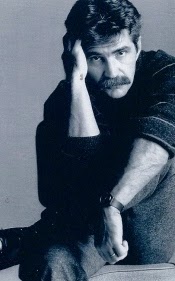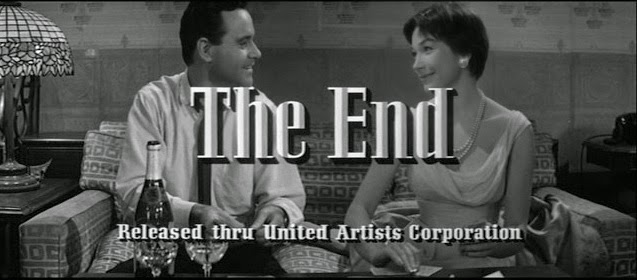Arguably, Horton Foote (1916-2009) was America's premiere regional
playwright, a poet who appreciated the underdog and the forgotten, small
men and women with limited vocabularies and even fewer hopes.
He wrote innumerable heart-breaking plays, often in cycles, but is
perhaps best known by the moviegoing masses for his faithful adaptation
of Harper Lee's "To Kill a Mockingbird" for director Robert Mulligan in
1962.
His other film scripts include Arthur Penn's "The
Chase" (1966) and Otto Preminger's "Hurry Sundown" (1967), both
all-star affairs, and many of his plays have been filmed, usually with
Foote himself attached as scenarist.
Two
of these films are based on lesser-known Foote plays - "The Traveling
Lady," written for the stage, and "Tomorrow," written for television.
These are works which share a gnawing sense of desolation felt by
characters who have been overlooked, written off and often condescended
to - and they also shared the same leading lady, the singular Kim
Stanley (right), who may or may not have been Foote's muse for a while.
Stanley herself was seen far too infrequently on screen but was
showcased brilliantly in two of her films, John Cromwell's "The Goddess"
(1958), based on a Paddy Chayefsky script (with Stanley's character
reputedly modeled on Marilyn Monroe), and Bryan Forbes' intellectual
creep show, "Seance on a Wet Afternoon" (1964).
If "The
Traveling Lady" is unfamiliar, it's because it was retitled "Baby, the
Rain Must Fall" when Mulligan filmed Foote's play for Coumbia Pictures
in 1965. For the record, the stage production opened on October 27
th,
1954 at New York's Playhouse
Theatre and closed after only 30 performances. Stanley played the show's
delicate, yet
tough-willed heroine, Georgette Thomas, and Jack Lord ("Hawaii Five-0")
co-starred as her incorrigible convict husband, Henry. Vincent J.
Donohue ("The Sound of Music" on stage and "Sunrise at Campobello" on
stage and film) directed.
"Baby,
the Rain Must Fall" fits rather snugly into the satisfying output of
Mulligan and his partner, produce Alan J. Pakula. It was the fourth of seven titles made by the prolific team, who collaborated
on films for about
10 years. Some of their other titles include the aforementioned "To
Kill a Mockingbird," "Love with The Proper Stranger" (1963), "Inside
Daisy Clover"
(1965) and "Up the Down Staircase" (1976). How their output has managed
to evade a major retrospective is beyond me.
Lee Remick
more than meets the daunting challenge of
standing in for Stanley on screen as Foote's traveling lady, a young
transient mother
who seeks out a new life in Harrison, Texas, which is close to where her
husband Henry is imprisoned. Steve McQueen, in one of his smaller,
straight-acting roles, is perfect as the rough-edged, troubled Henry.

McQueen's singular (albeit, not single) contribution
to the screen was that he brought his Method Acting background to the
action genre, as evidenced by his moody yet muscular work in "The Great
Escape" (1963), "Bullitt" (1968), "Le Mans" (1971) and particularly Sam
Peckinpah's "The Getaway" (1972). But he also lent his estimable talents
to more intimate, lesser-known efforts - "Junior Bonner" (another
'72 film with Peckinpah), "The Reivers" (1969), "The Sand Pebbles"
(1966), "The Cincinatti Kid" (1965) and ... the Mulligan-Pakula "Love With the Proper Stranger."
As the film begins, Henry is already out of the penitentiary on parole and and performing in
a local saloon with a band. Trying to escape from the disapproving grip
of Miss Kate, the indomitable woman who raised him, and also avoid the demands of
Georgette and their young daughter Margaret Rose (Kimberly Block), he
drinks too much and self-destructs a little more.
The
acting here is of first order, dominated by Remick who really has the
lead role, and by McQueen who slips into the role of Henry as if it
might have been written for him specifically. Remick is especially
wonderful in her scenes with the charming Block (a plainspoken,
unprecocious child actress) as they make tentative plans to settle in
Harrison and talk of planting a Chinaberry tree in the front yard of
their future dream house.
There is nothing wrong with "Baby, The Rain Must Fall," which was
casually dismissed by both its studio and critics in its day - nothing except its title.
The film was
rather hastily released in January of 1965, with most of advertising
hinged to a song that was written for it. Somewhere along the way,
Columbia Pictures had become disenchanted with the title, "The
Traveling Lady," and went with the song title. It's a good song but it had a double-edged affect: It brought the film a
modest amount of popularity but it also seriously marred it. And as a title, it flatly misrepresents the movie and even
undermines the moody opening credits (designed by Vance Jonson) superimposed over a long, extended
shot of a highway speeding by, accompanied by some vintage Elmer
Bernstein music. These titles were clearly designed when it was called
"The Traveling Lady."
There were also two television productions of "The Traveling Lady," both starring Kim Stanley that aired a year apart in the 1950s. A "Studio One" version of the play, directed by
Mulligan, aired on April 22
nd, 1957, and a version for something
called "Armchair Theater," directed by Dennis Vance, aired August 3
rd,
1958. I've no idea if a kinescope still exists of the "Armchair Theater" telecast, but the "Studio One" version has been preserved and is available (in five parts) on
You Tube.
And a bit of
trivia: Pakula was married to Hope Lange and hired his wife's first husband, Don Murray, for a supporting role in "Baby, The
Rain Must Fall." Lange and Murray met while filming Joshua Logan's "Bus Stop" in 1956 and were married for six years.

The
film "Tomorrow" had a fascinating journey to the screen. Foote adapted
it, originally for television, from a William Faulkner short story
that first appeared in The
Saturday Evening Post on November 23
rd, 1940 and is included in Faulkner's
anthology of stories, "Knight's Gambit."
The TV production aired on Playhouse 90 on March 7
th,
1960, with Stanley and Richard Boone performing the lead roles, under
the direction of, yes, Robert Mulligan (again). "Tomorrow" remained dormant for
about a decade before Foote adapted it for a curious stage production, performed in a New York church in 1970 with Robert Duvall and Olga Bellin
starring for Joseph Anthony, an underrated, now-forgotten stage and film
director ("The Rainmaker," "Mary, Mary," "The Best Man" and "Under the
Yum Yum Tree" on stage; "The Rainmaker," "The Matchmaker," "All in a Night's Work" and "Career"
on film).

Duvall
plays the monosyllabic dirt farmer Jackson Fentry, illiterate and remote,
who befriends Bellin's pregnant and homeless Sarah Eubanks and ends up
raising her son after she dies. (I've never read the Faulkner story but, on the page, Sarah apparently was a black woman.)
In the work's most piercing scene,
Sarah's brutish kin come to claim the child, almost literally swooping
down and scooping him up, returning Jackson to his sadly solitary life.
The twist in this story is truly original, heart-breaking and cathartic.
The aforementioned TV production of "Tomorrow," starring Kim Stanley and Richard Boone, has also been preserved and is also available (in seven parts) on
You Tube.
If
you ever wondered where Billy Bob Thornton got his idea for his Karl
Childers character in "Sling
Blade" (1996), look no further. He was obviously inspired by Fentry.
And, curiously, Duvall did a cameo in "Sling Blade" for Thornton as Childer's father.
There are other Duvall/"Tomorrow" connections. Duvall's role
in Aaron Schneider's "Get Low" (2009) owes a great deal to
Jackson Fentry as well. (And guess what. Lucas Black from "Sling Blade"
is in it.)
And you could also say that Foote
himself appropriated a good portion of "Tomorrow" for his original
screenplay for Bruce Beresford's "Tender Mercies" (1983), which, of course, starred Duvall
and won him the Oscar that he rightly deserved for "Tomorrow." This is Duvall's best film performance ever,
period. But, surprisingly, even some of his most ardent fans are unfamiliar with this singular film and his work in it.
The supporting cast includes the invaluable character actress Sudie Bond ("Cold Turkey," "They Might Be Giants," "Silkwood" and "Come Back to the 5 and Dime, Jimmy Dean, Jimmy Dean") and, as a lawyer, the actor-director Peter Masterson, father of Mary Stuart Masterson and Foote's cousin. As an actor, Masterson starred as Katherine Ross's husband in Bryan Forbes' "The Stepford Wives" and, as a director, he helmed Foote's "A Trip to Bountiful" on screen (the 1985 version which won Geraldine Page an Oscar) and "The Best Little Whorehouse in Texas" on stage.
And then there's the haunting Bellin, who matches Duvall every step of the way in Anthony's sad, heart-breaking love
story. (Bellin's husband, producer Paul Roebling, originally presented the play on stage and, with
Gilbert Perlman, produced the film version.) The actress, who could have been a silent-movie heroine, made no other films. Bellin passed in 1987.
Note in Passing: This is a revised compilation of two previous essays.
* * * * *
~images~
~top: Horton Foote at New York's Booth Theater
~photography: Carolyn Cole / The Los Angeles Times 2008 ©
* * * * *
~middle: publicity shot of the fabulous Kim Stanley; still shot of Steve McQueen and Lee Remick in "Baby, the Rain Must Fall"; Playbill for "The Traveling Lady," and McQueen and Kimberly Block on the set of "Baby, The Rain Must Fall"
* * * * *
~bottom: title card for "Tomorrow"; Robert Duvall in an ad for the film, and Olga Bellin in a scene from the film






